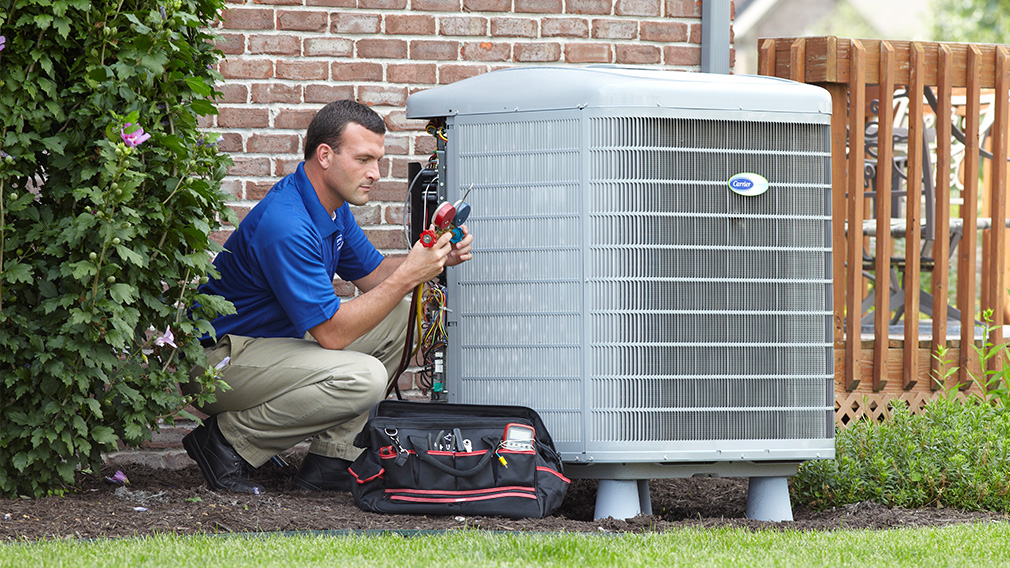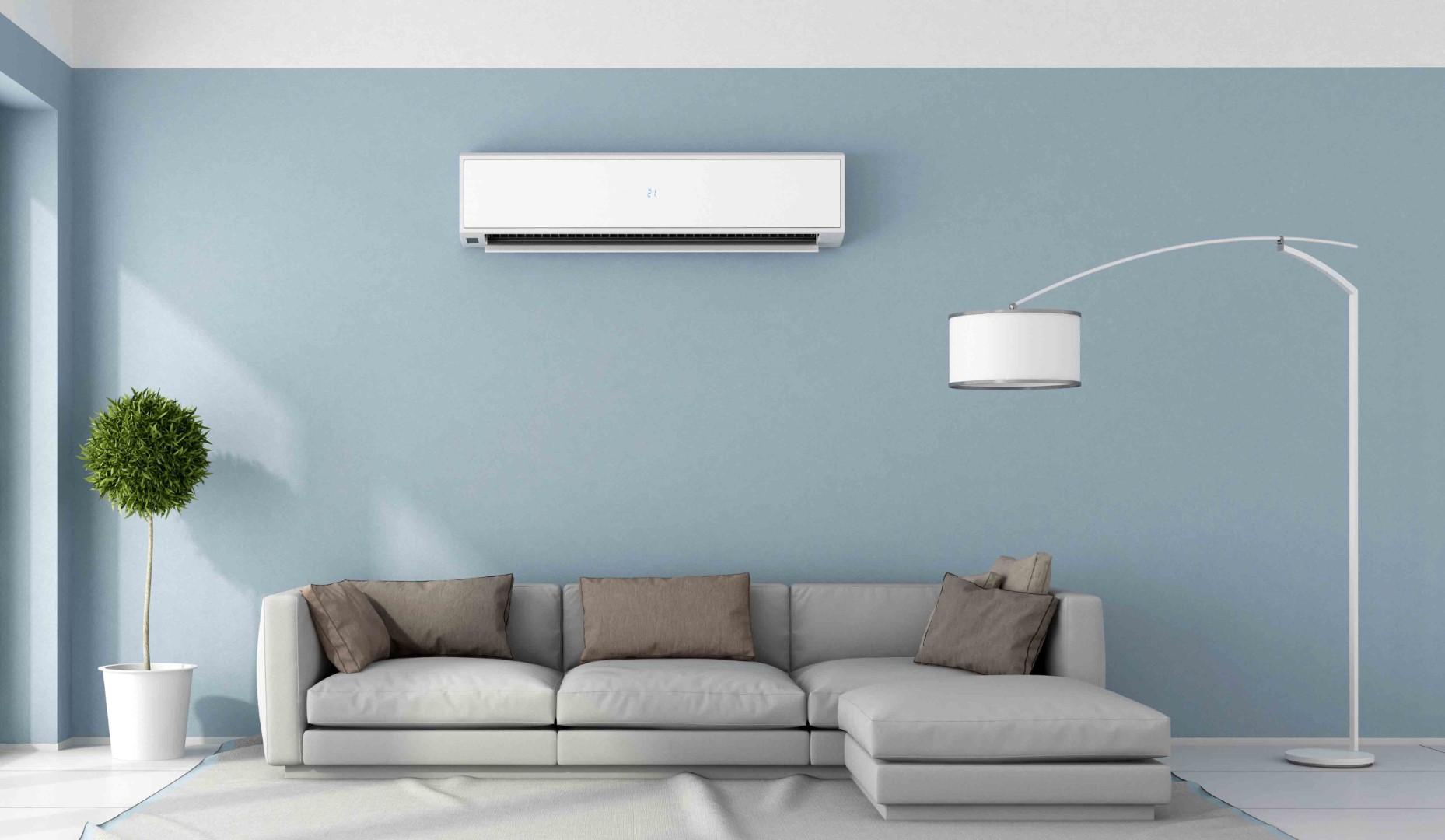If you've ever before located on your own in a space where the a/c simply could not appear to stay on top of the summertime warmth, you could benefit from examining your room.
Guaranteeing your air conditioning system is appropriately sized and installed requires focus to crucial dimensions such as area dimension, window and door measurements, ceiling height, insulation quality, and airflow patterns. By comprehending these elements, you can enhance your air conditioning system's performance and efficiency.
However how specifically do these dimensions influence your cooling setup?
Trick Takeaways
- Precisely measure area dimensions for correct unit ability and air flow optimization.
- Pick energy-efficient windows and doors to boost insulation and minimize warmth transfer.
- Make sure excellent vent positioning and unobstructed airflow for reliable cooling circulation.
- Upgrade insulation to improve thermal resistance, seal gaps, and enhance total system efficiency.
Room Size Dimensions
When measuring area dimension for cooling installment, make certain you properly examine the dimensions to establish the proper unit ability. Beginning by thinking about furniture placement within the space. Furniture can block air flow if put also close to vents or the cooling device. To assure maximum cooling efficiency, prepare your furniture in a manner that advertises proper air flow throughout the space.
In addition, take into consideration the space's format and size when preparing for air circulation. Appropriate air blood circulation is important for keeping a regular temperature level throughout the area. Bear in mind any kind of obstacles that can interrupt the flow of air, such as curtains blocking vents or large pieces of furniture obstructing air movement. By ensuring appropriate area for air to circulate easily, you can take full advantage of the effectiveness of your air conditioning device and develop a comfy environment in your house.
Window and Door Capacities
To guarantee proper air conditioning installment, examine the dimensions of windows and doors in the area to enhance air movement and cooling efficiency. When examining window and door dimensions, take into consideration the following:
- Framework Compatibility: Make certain that the a/c system you pick is compatible with the frames of your windows and doors. Improper fit can bring about air leakages and reduced energy effectiveness.
- Installment: Take into account the installment procedure when picking an air conditioning system. air conditioner not cooling Some devices may call for specific home window measurements or extra alterations for correct installment.
- Product Choice: Select doors and windows made from products that provide good insulation to enhance energy effectiveness. Correctly insulated doors and windows can aid maintain a regular temperature level in the room.
- Power Effectiveness: Opt for energy-efficient doors and windows to lower heat transfer and enhance the total performance of your a/c system. Energy-efficient materials can improve the cooling capabilities of your space while reducing power prices.
Ceiling Height Evaluation
Evaluating the elevation of your ceiling is crucial for identifying the most effective placement of a/c vents for effective cooling distribution. When assessing your ceiling elevation, make certain to take into account the clearance needed for both the ductwork and the cooling vents. Ample ceiling clearance warranties that the ductwork can be mounted effectively without any obstructions, permitting suitable air flow throughout the area.
Furthermore, proper clearance over the vents ensures that the cooled air can circulate easily without any restrictions, bring about even more also cooling in the space.
When intending the placement of ductwork, consider the elevation of your ceiling to avoid any type of concerns with installation or efficiency. Correctly positioned ductwork can aid make best use of the efficiency of your air conditioning system and make sure that each room obtains enough air conditioning.
Insulation Examination
Evaluate the insulation quality to enhance the effectiveness of your a/c system. Appropriate insulation plays an important function in keeping a comfy interior setting while optimizing energy effectiveness. Right here are 4 key points to evaluate when assessing the insulation in your space:
- Thermal Resistance: Inspect the R-value of your current insulation to see to it it fulfills the recommended standards for your region. Greater thermal resistance indicates better insulation high quality, which helps in lowering heat transfer and keeping a constant temperature level.
- Insulation Positioning: Evaluate the placement of insulation throughout your room, focusing on locations such as walls, ceilings, and floors. Effectively installed insulation protects against power waste by decreasing warmth exchange with the surrounding setting.
- Securing Gaps: Determine and secure any kind of gaps or splits in the insulation to avoid air leakage. Appropriately secured insulation improves power effectiveness by preserving impermeable barriers that protect against conditioned air from escaping.
- Updating Insulation: Take into consideration upgrading your insulation to newer, a lot more energy-efficient products. Upgrading can improve thermal resistance, reduce energy usage, and improve the overall performance of your cooling system.
Air flow Analysis
Inspecting the air flow within your area is necessary for guaranteeing peak performance of your cooling system. Proper airflow distribution is vital to maintain regular temperature levels throughout the area. When analyzing air flow, think about the ventilation requirements of each space to ensure sufficient air circulation.
To examine air movement distribution, start by checking for any type of obstructions such as furnishings blocking vents or particles clogging air ducts. Poor airflow can cause inefficient cooling and heating, causing discomfort and boosted energy costs. It is necessary to deal with any kind of problems immediately to optimize the performance of your cooling system.
In addition, recognizing the ventilation needs of various areas in your home or workplace is vital to preserving air high quality and convenience degrees. Proper ventilation helps remove stagnant air, smells, and pollutants while bringing in fresh outside air. By reviewing air movement and air flow demands, you can develop a more comfy and healthy and balanced indoor environment for every person.
Frequently Asked Questions

Just How Can I Establish the Best Location for My Air Conditioning Device Within the Space?
When determining the best area for your air conditioner system in a room, take into consideration the air conditioning capability and air circulation. Keep the device far from obstacles that might block air flow and place it centrally in the space to guarantee also cooling down.
Perfect positioning assists disperse awesome air successfully, optimizing the unit's performance. Appropriate positioning can make a considerable difference in how properly your air conditioning unit cools the area.

Are There Any Kind Of Certain Elements to Think About When Installing an A/c System in a Multi-Level Structure?
When setting up an air conditioning device in a multi-level structure, think about factors like energy efficiency, cooling ability, placement, and availability.
Ensure the system is strategically placed to cool multiple degrees effectively. Go with a location that allows very easy gain access to for maintenance and repairs.
Additionally, examine the cooling capability to ensure it can properly cool the entire building. These factors to consider will certainly aid optimize the performance of your air conditioning system in a multi-level setup.
What Is the Suitable Distance In Between the Cooling Unit and Any Type Of Heat-Producing Home Appliances in the Space?
When placing your air conditioning unit, make certain correct air flow distance from heat-producing appliances in the room. This aids with warm dispersion and stops the air conditioner from functioning tougher to cool the room.
Go for a suitable range of a minimum of 3 feet in between the air conditioner unit and any kind of heat sources like stoves or lamps. Keeping this splitting up will certainly maximize the effectiveness of your a/c system and expand its life expectancy.
Exist Any Type Of Potential Dangers That I Should Understand When Installing an A/c System in a Tiny or Enclosed Area?
When setting up an air conditioning device in a little or enclosed space, be mindful of possible hazards. See to it to resolve air flow issues to stop air high quality concerns. Take security preventative measures seriously, specifically with restricted space constraints.
Be aware of setup challenges like proper positioning for finest efficiency. Prioritize security and ensure your room is well-ventilated to prevent any threats related to mounting a cooling device in a constrained location.

Just How Can I Ensure Appropriate Ventilation for My A/c System to Run Efficiently in a Space With Limited Airflow?
To maximize air flow for your cooling system in a room with minimal air flow, assurance appropriate ventilation by keeping vents clear and unblocked.
Regularly clean or replace air filters to maintain effectiveness.
Think about making use of a follower to aid flow air and stop stationary pockets.
Position the device in a place where air can flow openly, preventing cramped spaces.
These steps will assist your a/c unit run effectively and cool the room efficiently.
Conclusion
Now that you have taken vital measurements for your a/c setup, you're one step better to guaranteeing peak air conditioning effectiveness in your space.
By precisely assessing space dimension, window and door dimensions, ceiling height, insulation, and air movement, you can make educated decisions on the most effective a/c unit for your needs.

Remember, proper measurements are crucial for a successful and effective cooling installment.
